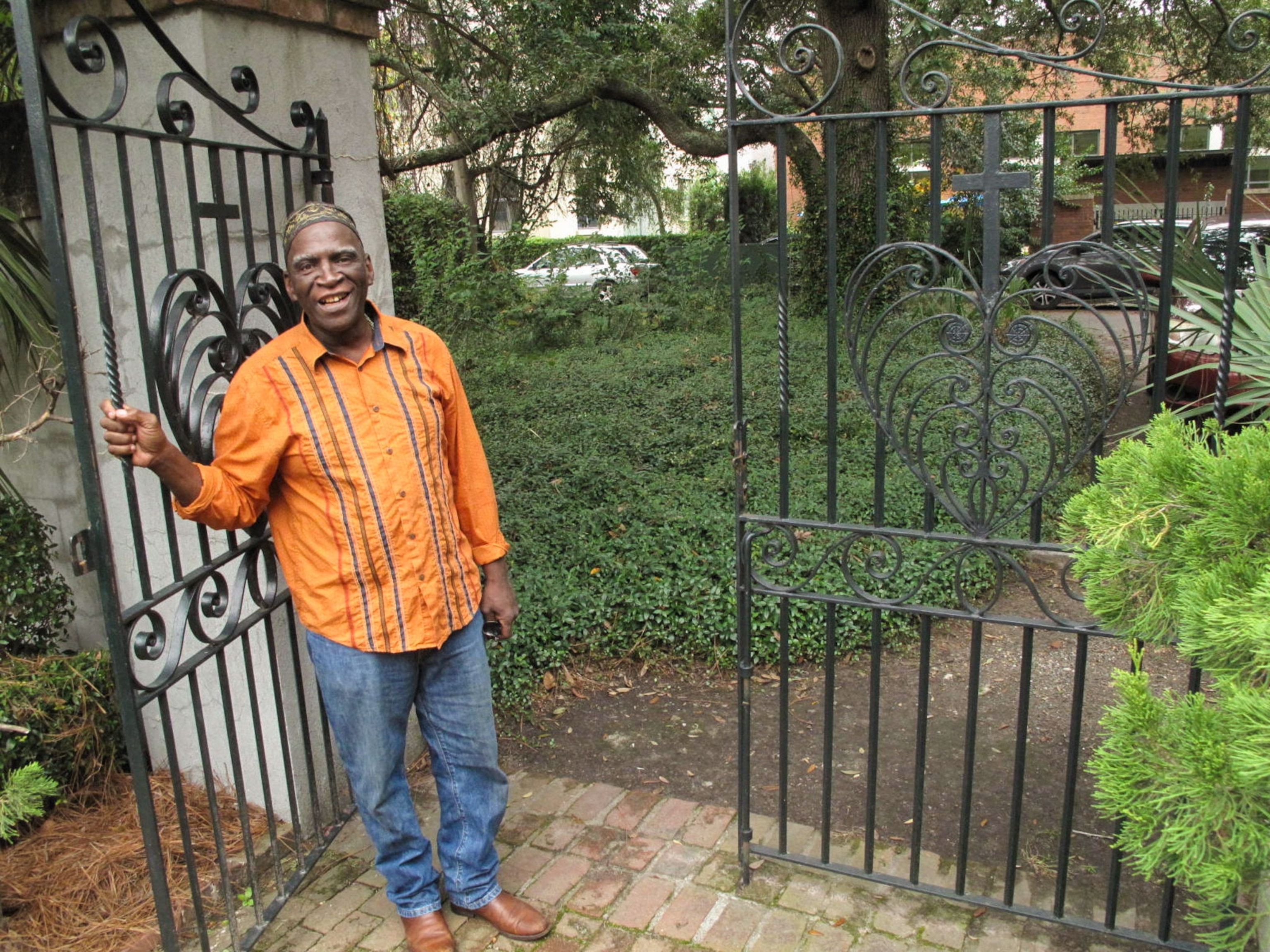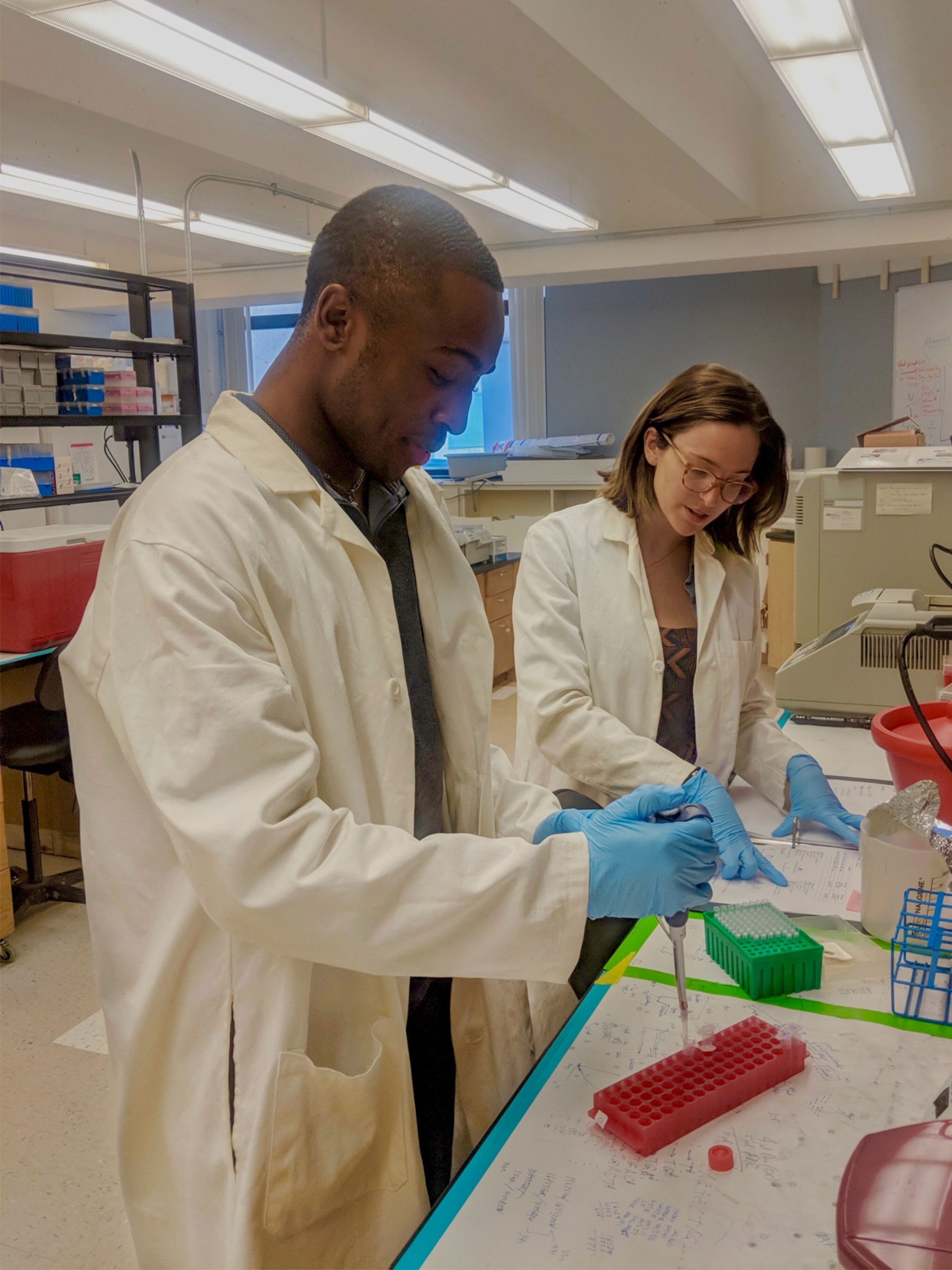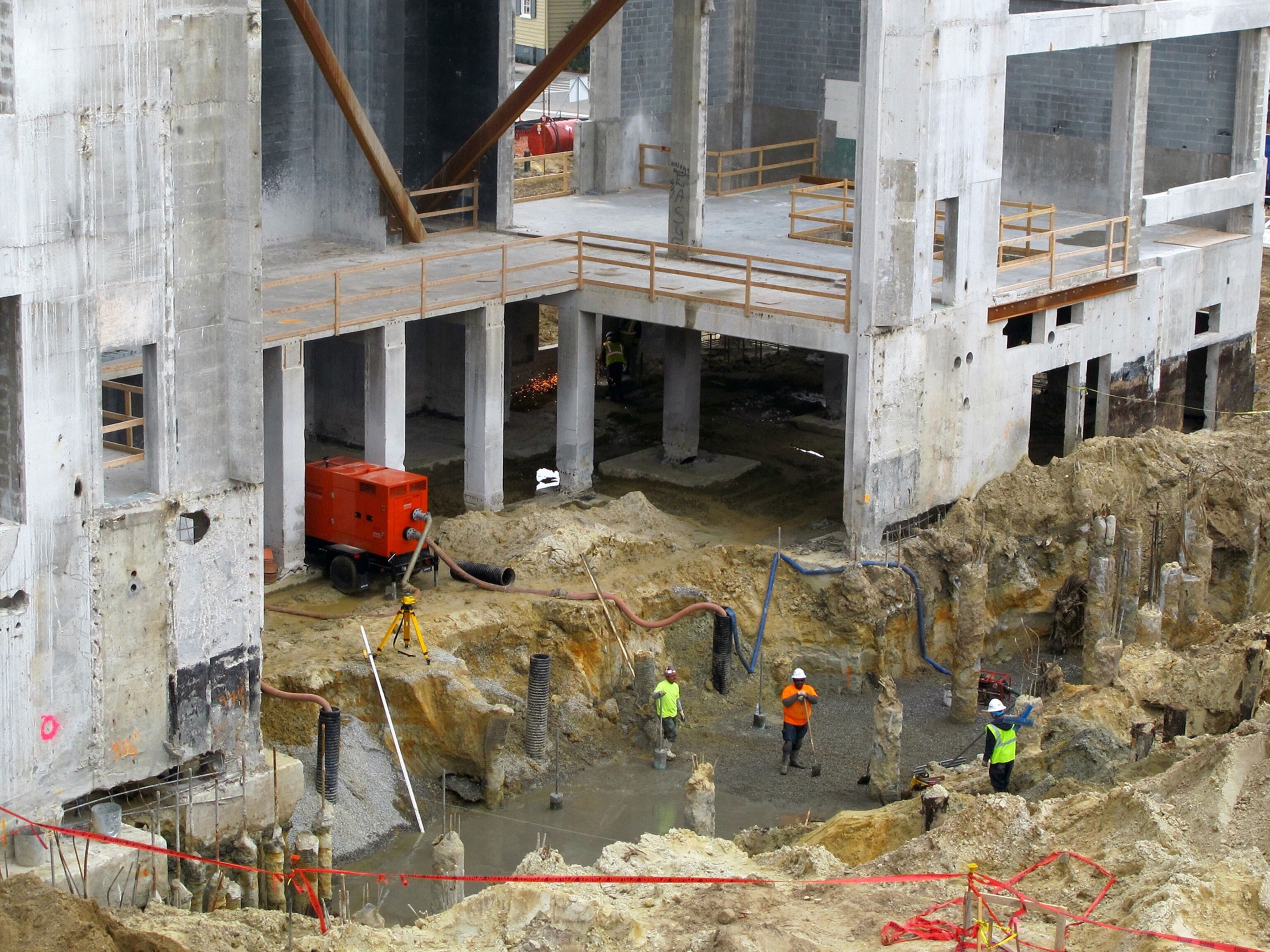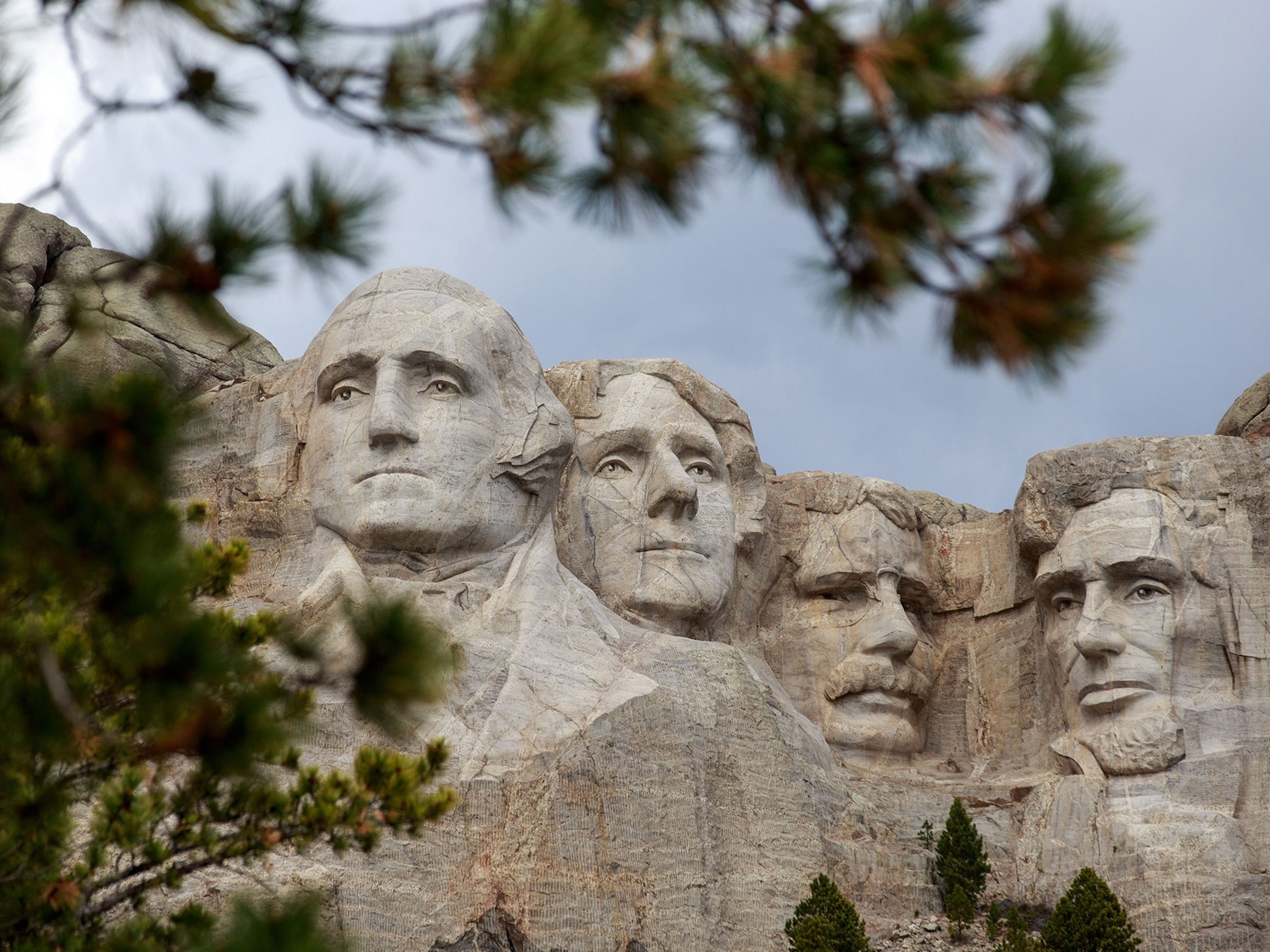In a growing city rich in history, pieces of the past inevitably get paved over. In Charleston, South Carolina, those pieces were often the graves of the poor, the black, and the enslaved. Now community activists and scientists are banding together to solve an archaeological mystery and right a historical wrong that lay buried for centuries.
In 2013, during a $142-million project to replace the city’s antiquated performing arts center, workers unearthed human bones near the rear of the building along Anson Street. After the coroner ruled out foul play, archaeologists carefully removed the remains of 36 individuals ranging from infants to adults older than 40.
Isotope analysis of their bones and teeth indicated that all of the dead were of African ancestry, their points of origin outlining a map of the Atlantic slave trade in the late 1700s. Two-thirds came from the west coast of Africa—from Namibia to Morocco—while one came from Madagascar and another from the Caribbean. Two had filed or chipped teeth, a common ritual in many west and central African cultures. Nine of the younger people were born in South Carolina.
Researchers dated the burials from 1770 to 1790, making the Anson Street site the oldest known graveyard of enslaved Africans in Charleston. Yet it wasn’t marked on any map or city plat.

“This area where the remains were recovered is sacred ground,” says Dr. Ade Ofunniyin, an anthropologist at the College of Charleston. “The city was thinking about putting up a plaque, but we convinced them to do something more significant.”
Together with colleague Joanna Gilmore and a handful of dedicated volunteers, Ofunniyin founded the Gullah Society to preserve the history and traditions of the Gullah Geechee, the descendants of enslaved Africans brought to coastal South Carolina and Georgia to work on rice plantations. Documenting and restoring the region’s African-American burial grounds has been a primary part of that effort. (Read about the Gullah Geechee Cultural Heritage Corridor.)
It took several years for Ofunniyin to convince the city to rebury the Africans near the Anson Street site and build a memorial. Only recently has Charleston begun coming to terms with its origins as the center of the American slave trade. Nearly half of the enslaved Africans brought to the United States entered through Charleston, where monuments to pro-slavery southerners and Confederate war heroes remain as ubiquitous as church steeples.
In 2016 the Gullah Society gained a friend in city government with the election of Mayor John Tecklenburg, whose Jewish ancestors were buried outside the old city wall—along with Irish immigrants, freed blacks, and other “undesirables.” At a recent community forum organized by Ofunniyin and his colleagues, Tecklenburg decried the city’s deep involvement in the antebellum slave trade.
“There was a head tax on slaves that provided a significant portion of the city’s budget right up to the Civil War,” Tecklenburg said. “If you owned a slave and wanted to punish him, but didn't want to do it yourself, you could turn him over to the city and they’d punish him for you. There was a menu of fees the city would charge for this service.”
Tecklenburg, Ofunniyin, and other civic leaders say the Anson Street Burials Project is an opportunity to turn past desecrations into a fitting commemoration of the unsung people who helped build one of the nation’s loveliest cities.

Last year the project attracted the attention and support of the National Geographic Society’s Genographic Project and its network of grantees. They include Dr. Theodore Schurr and Raquel Fleskes of the University of Pennsylvania Lab of Molecular Anthropology, who are analyzing mitochondrial DNA from the Anson Street burials to discover if any of the dead were related.
Some 80 African-American volunteers donated DNA to learn about their ancestry and whether they might descend from ancestors buried at the Anson Street site. The studies should be concluded by February 2019.
“Both of my parents grew up in Nigeria,” says Adeyemi Oduwole, who received an Early Career Grant from National Geographic to help process the modern DNA samples. “Those could be my ancestors down there.”
The possibility of making such connections is what drives Ofunniyin, whose grandfather, Philip Simmons, was a famous Charleston blacksmith and community leader.
“When you find someone who has similar DNA as you, it’s as if those lost souls are brought back together,” Ofunniyin says. “These bones are bringing people together in ways we don't even know yet.”






